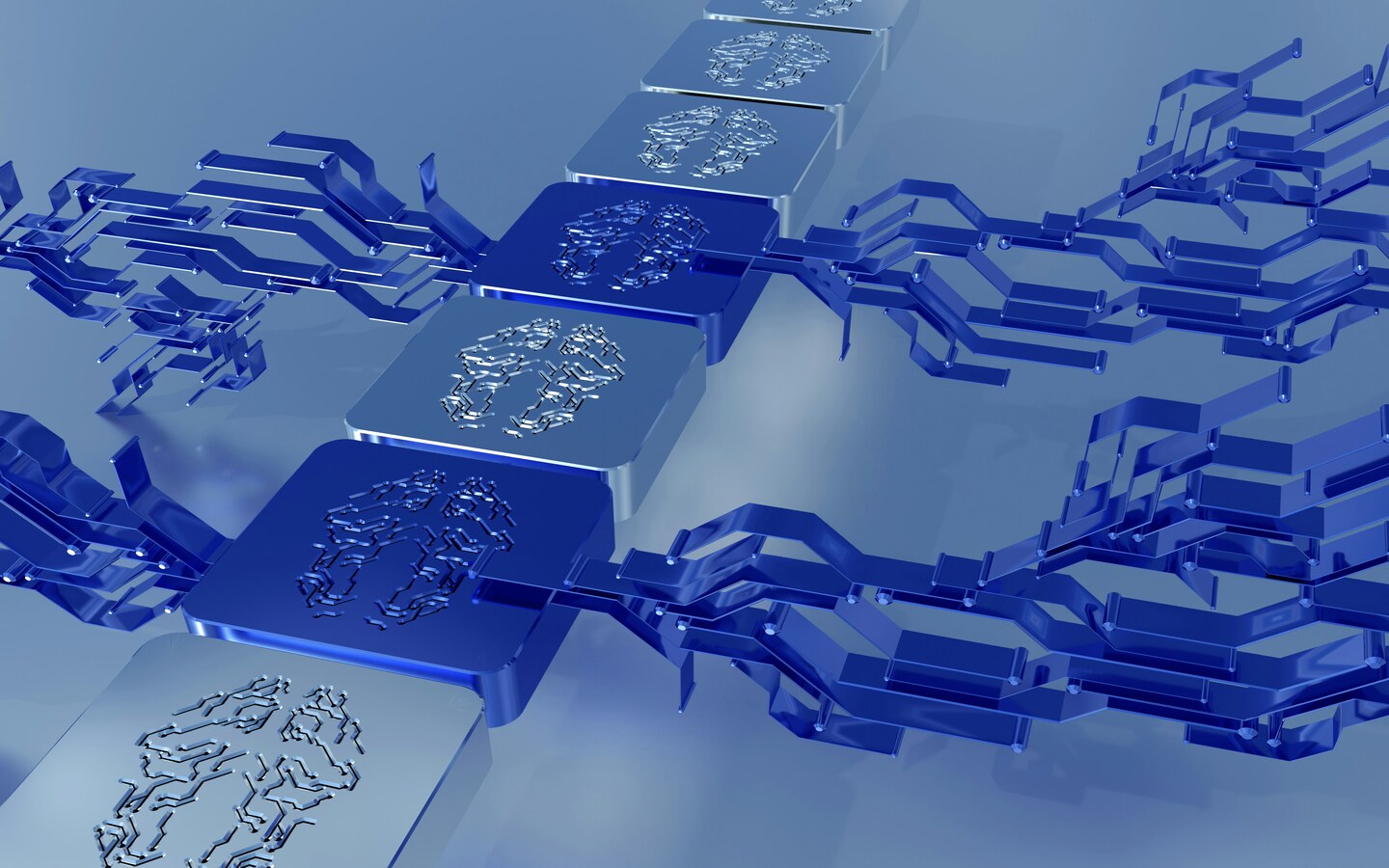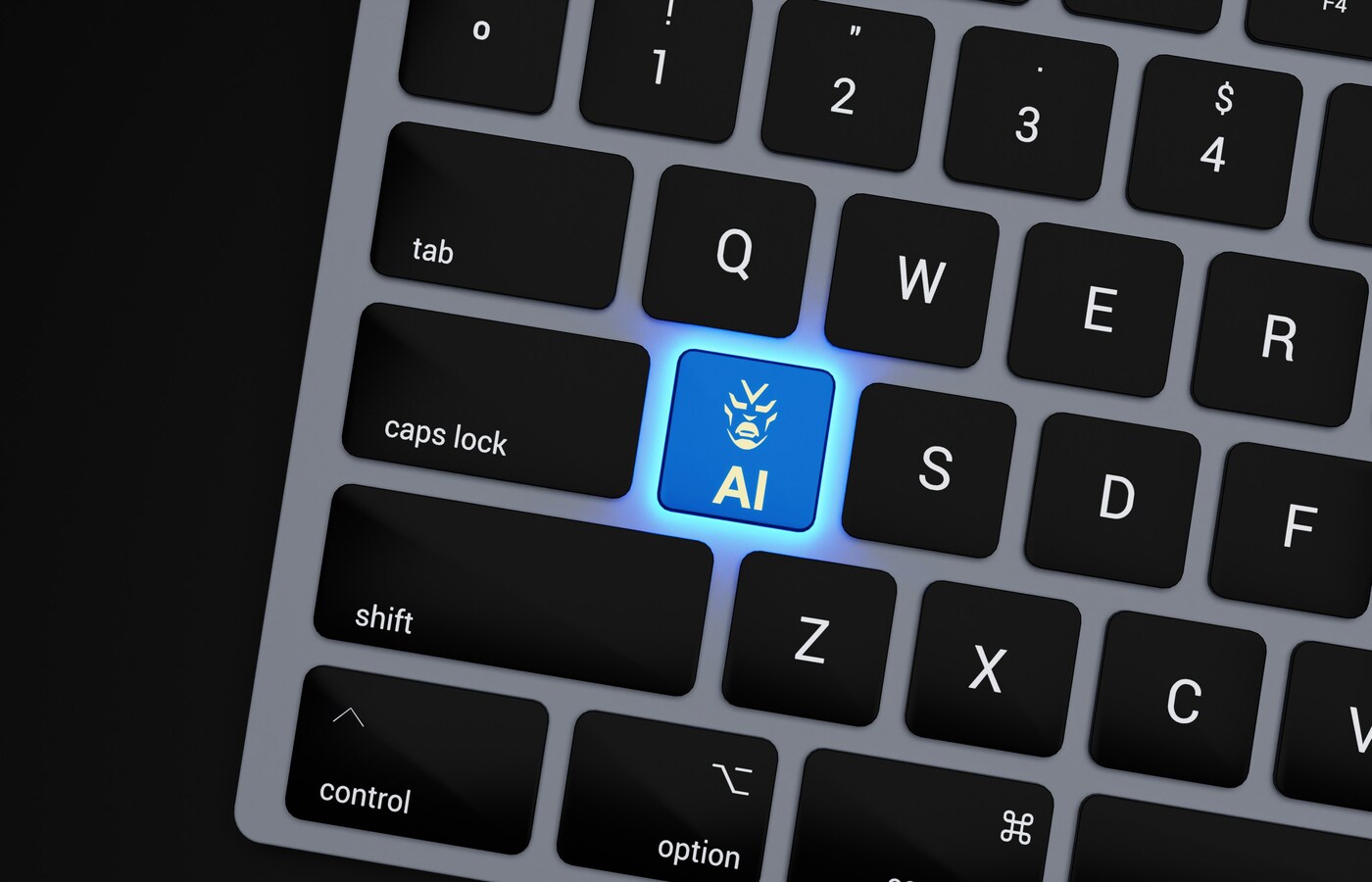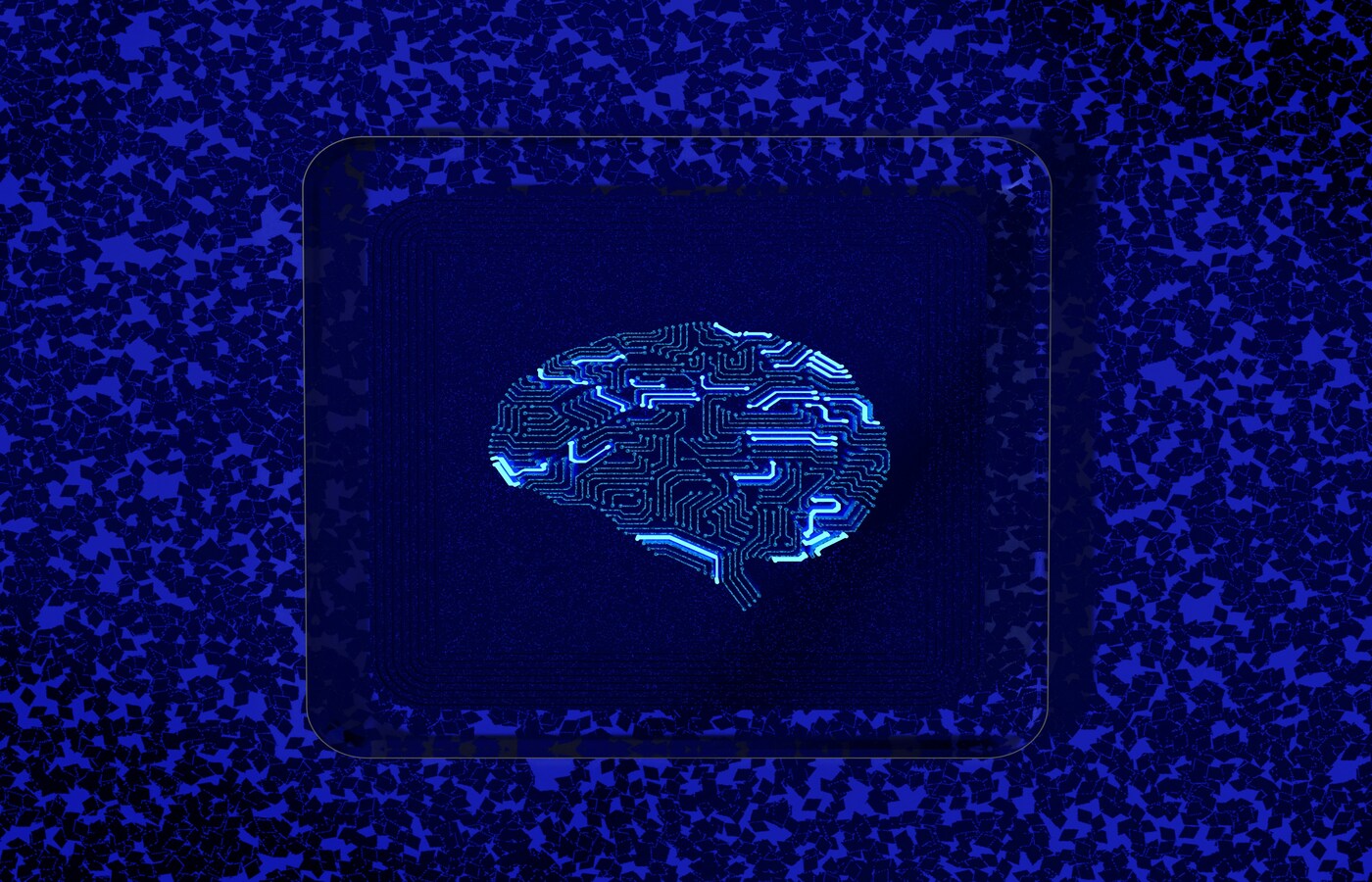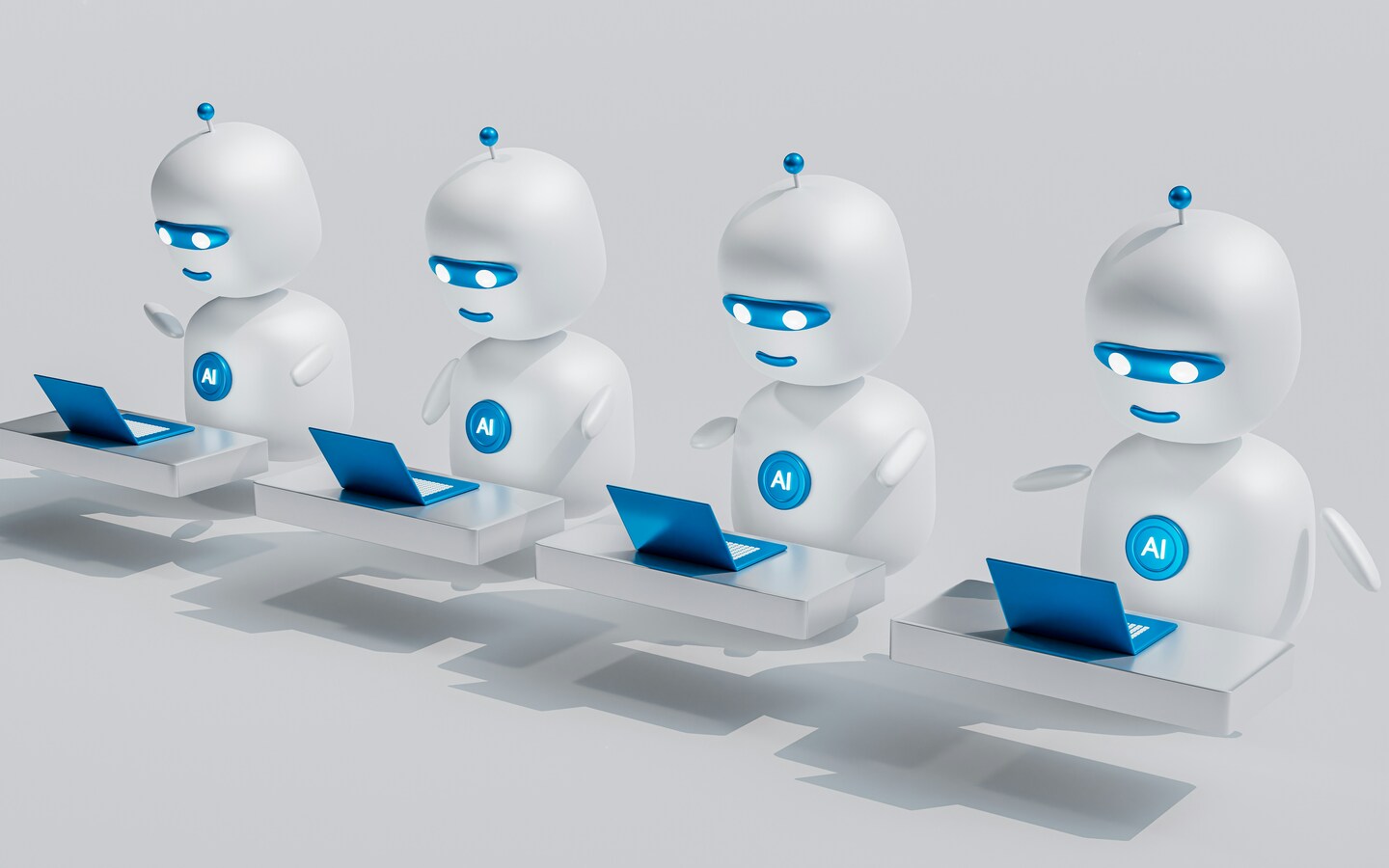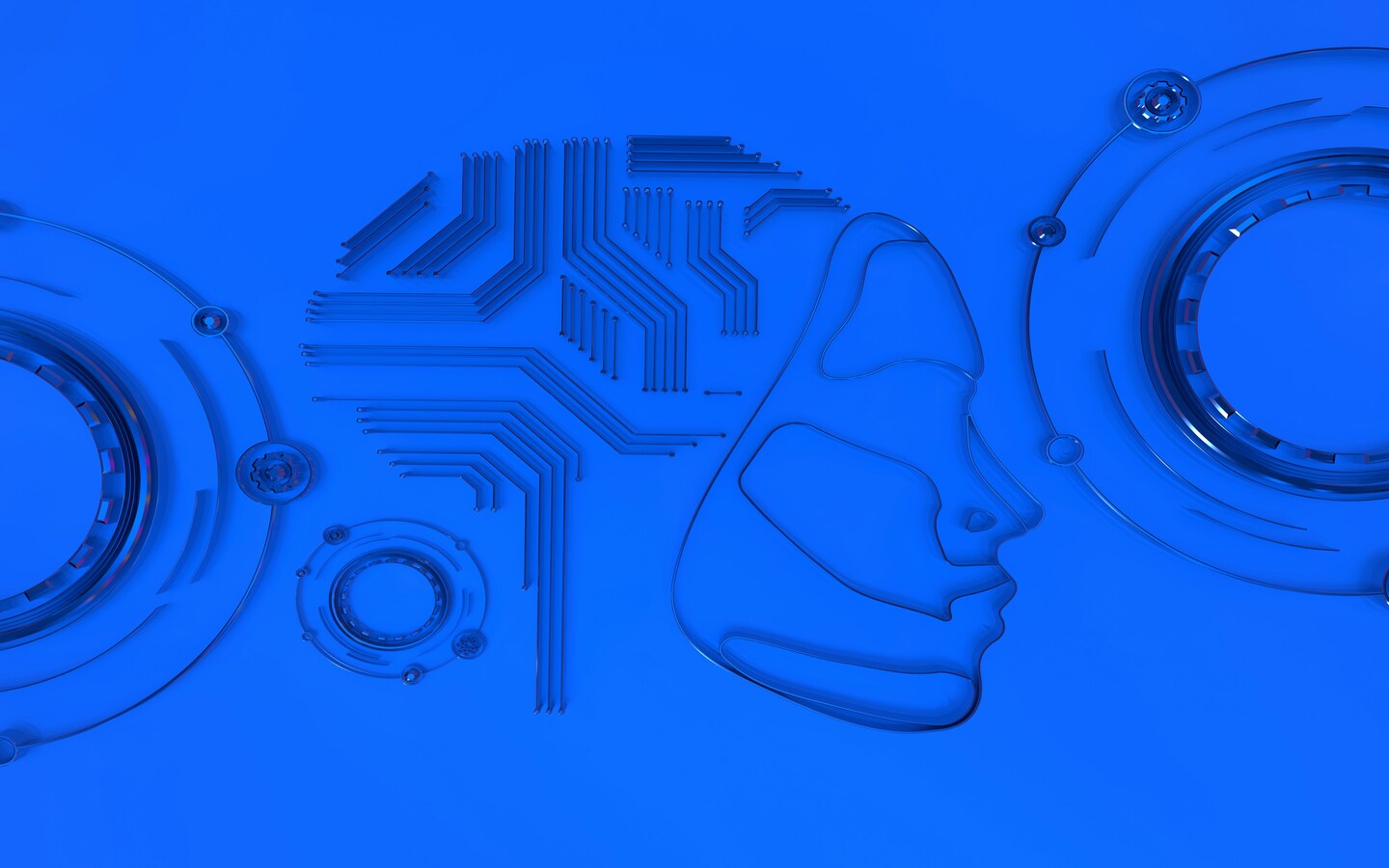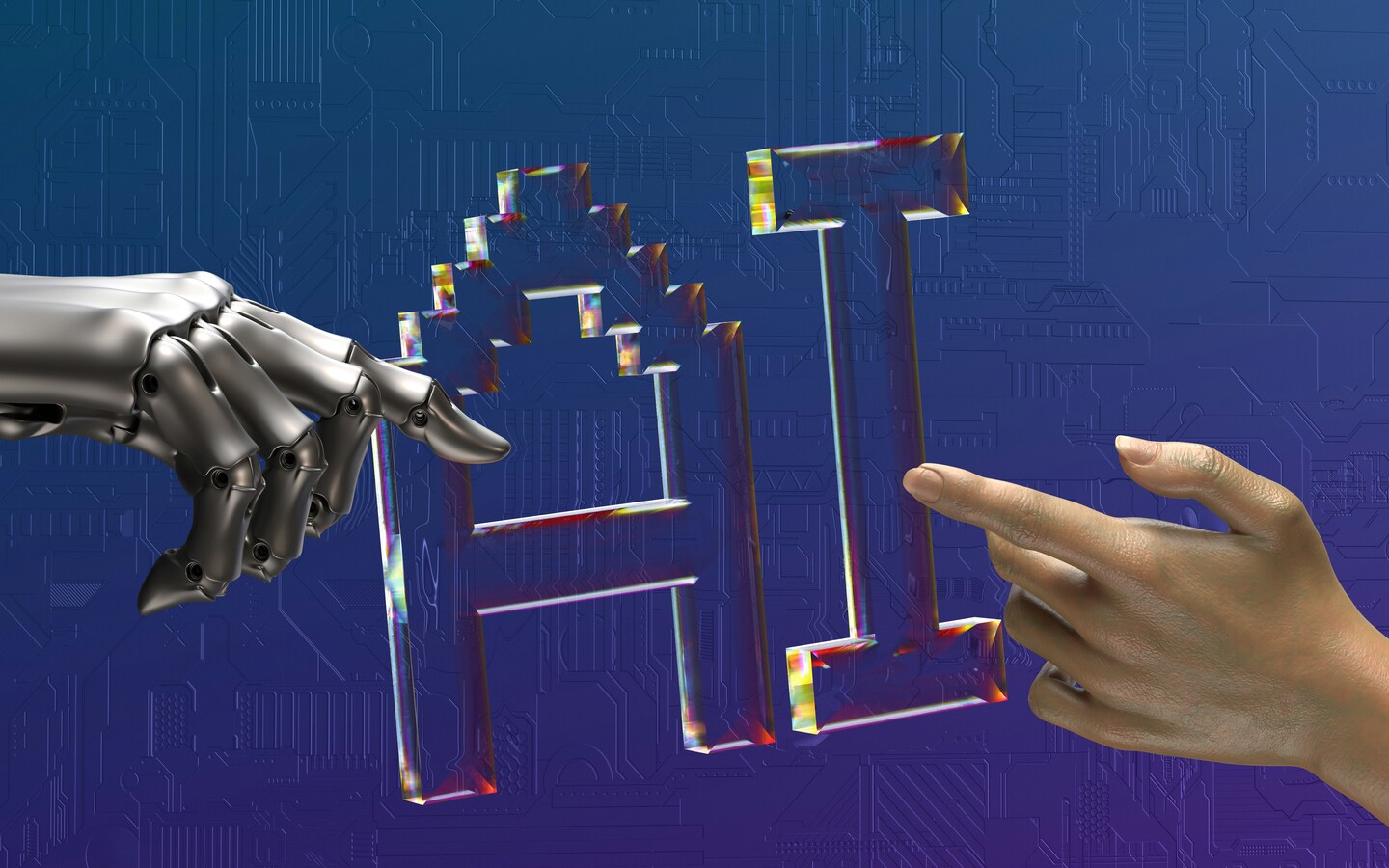What is Intelligence?
Definition: Intelligence is a process that creates, extends and applies knowledge.
Intelligence is what humans have in greater abundance than any other animal, our defining characteristic. We are Homo Sapiens, the intelligent hominids.
We are the only species that can adapt our world to us, rather than needing to adapt to it. We can alter our environment because we have knowledge of the natural world. As that knowledge increases, so does our control.
More About Natural Intelligence
Scientists agree that intelligence in animals is a phenomenon localized in the brain, most specifically the neocortex, which is highly developed in humans. Certainly the brain processes information from the external world and is a factor in shaping behavior. But other animals have large brains, some larger. In pilot whales even the neocortex is larger. What is clear and unambiguous about humans is the unique behavior that intelligence engenders in us.
The first ultra-intelligent machine is the last invention that man need ever make
The Ultimate Machine
Artificial Intelligence is simply intelligence in a machine. Human intelligence equips us to manipulate nature, which we do through the construction of tools that amplify and extend our natural abilities. But our most significant and powerful ability is intelligence itself, because it endows us with practical knowledge. Thus AI amplifies our greatest power by endowing computers with knowledge. Thinking machines are the ultimate machines.
If the term AI is to have meaning, intelligence cannot be one thing in an organic brain and something else in a machine.
What is Knowledge?
Human brains have an evolved capacity to process incoming information and produce knowledge. Incoming information may be data streams from sensors or natural language. Knowledge is distinct from other kinds of organized data in that it is an internal model of external reality. Good models recapitulate the properties and relationships of their prototypes with sufficient fidelity to predict their behavior or even control reality.
We don’t how the human brain works but we can study knowledge, the end product of human intelligence. If we can uncover its elemental components and hidden structures, we open the door to the creation of synthetic knowledge, models in machines created by engineered rather than natural processes, but with the same practical functionality, or even better. That is what New Sapience has done.
Intelligence and knowledge, two sides of the same coin, each meaningless without the other.
Data, Information, and Knowledge
It is commonly accepted that data is a discrete fact, assertion, or symbol, such as “mammals have fur”, your address, or the number 42. Information is organized data, as in a database, telemetry stream, or statement in a human language.
Knowledge can be thought of as the next step, organized information. But this is not sufficient. The information must be structured in a specific way so that it functions as a model of the world that may be queried to predict and control events in the world as well as envision things in the world that do not yet exist.
New Sapience has discovered how to make this specifically-structured information computable. A direct way to grasp the difference between data and knowledge is to consider a model airplane kit. When the parts are still in the box, they are data. Knowledge is the finished model.
What is a Model?
Knowledge is a model of reality. But what precisely do we mean by model? “Model” is hard to define using words. Typically we define it by giving examples. The important thing to note is that models resemble reality, but they do not represent it. Models are structures, not symbols.
Models and Symbols
The relationship between models and their prototypes (the things they are models of) is not one of representation. Symbols represent things without telling you anything about what is being represented. The word “airplane” is an arbitrary symbol connected to the idea of airplane, but by itself it tells you nothing about what airplanes are like. A model airplane can tell you a great deal about the reality.
The word “glucose” contains no information about the molecule. The formula C6H12O6offers more information, but you have to process it (resolve the encoding) to get to it. This is why Symbolic AI could never scale, while Synthetic Knowledge is dense and compact.
It is no coincidence that the node-and-connector form of molecular models is the same as the graph information structure used for synthetic knowledge.
Definitions for a New Science of AI
Data
A single fact like your age or “the sky is blue” or a symbol like the number “42”.
Information
Organized data as in a relational database or an ordered data stream, such as telemetry coming down from a spacecraft, or this sentence.
Knowledge
A functional model existing within a biological mind or a computer.
Symbol
A sign or signifier that represents a different kind of thing either as an identifier or placeholder.
Model
A created thing that resembles or reflects key attributes of something else (the prototype) for the sake of some utility.
Language
A collection of symbols together with semantic and syntactical rules designed to support information processing in a specified processor.
Instruction
An information structure consisting of symbols executed by an information processor.
Semantics
A specification relating to how symbols in an instruction relate to the things they represent.
Syntax
A specification relating to how symbols in an instruction relate to each other.
Learn More
See All
Learn More
See All

